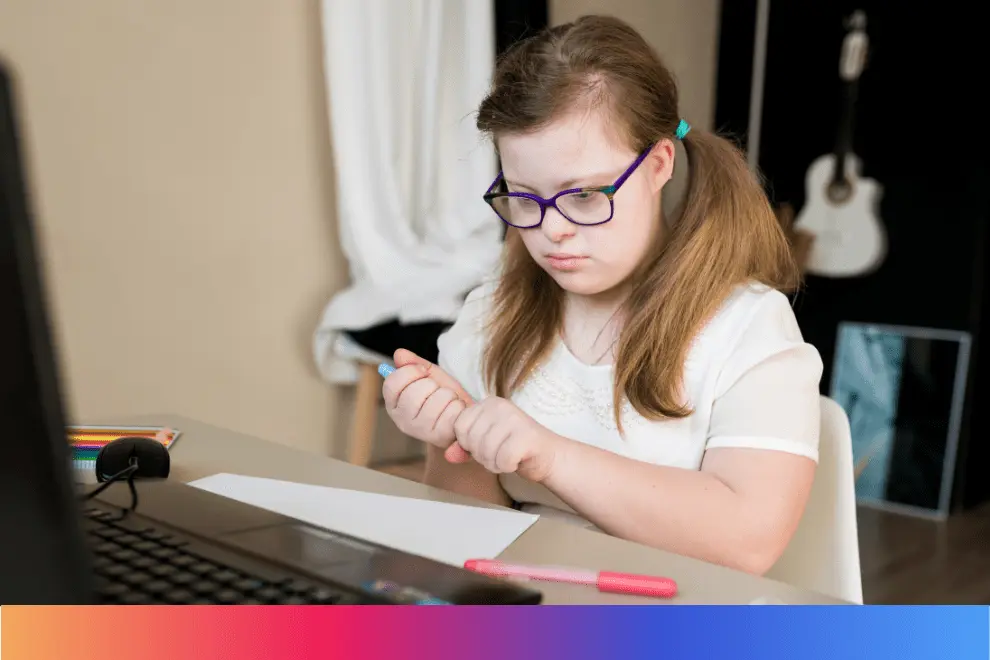ethinking the Traditional School Day
The traditional school model, structured around a fixed schedule and daily commute, has long posed challenges for students with varying needs and circumstances. For decades, students have been bound by classroom bells and predetermined lesson times, which can make it difficult to accommodate unique learning styles, medical conditions, or extracurricular passions. Today, digital innovation is redefining what a school day looks like for millions of students across the globe. Online high school programs now enable learners to design routines that prioritize their personal and academic well-being, creating a more inclusive educational environment. For families searching for adaptable education options, exploring K12 registration can open doors to flexible learning tailored to each student’s lifestyle. By embracing a virtual environment, students can study during their most productive hours, accommodate family needs, or take time off for health appointments or mental breaks without fear of falling behind. By removing the constraints of standard school hours, online programs allow for individualized pacing and subject mastery. This flexibility can be a lifeline for teens managing extracurricular commitments, health needs, or part-time work. Additionally, those who travel frequently for sports, arts, or family reasons benefit from the adaptability of online coursework. Parents increasingly recognize digital learning as a solution that meets their children where they are, helping them to thrive academically and maintain balance in their daily lives.
Why Flexible Schedules Matter
Balancing school, family obligations, hobbies, and employment is a reality for many high schoolers. Some students are involved in competitive sports, artistic pursuits, or even entrepreneurial ventures at an early age, making traditional school schedules feel restrictive and stressful. The rigid structure of traditional classrooms can often exacerbate stress, especially for students with special learning requirements or busy schedules outside of school. In contrast, online education offers flexibility by letting students access courses, assignments, and resources at times that fit their individual pace and preferences, reducing anxiety and supporting their overall well-being. The ability to set one’s own learning schedule is a major factor in improved engagement and achievement. Students can choose to dive into challenging subjects when their energy is at its peak, or take breaks to recharge if needed. Flexibility empowers students to tackle complex topics when they are most alert and revisit lessons as needed for proper understanding. This adaptive approach is invaluable for young people competing in athletics, dealing with chronic illness, or thriving in alternative learning environments where the one-size-fits-all approach simply doesn’t work. Multiple studies highlight that well-structured online programs can match or even exceed the outcomes of traditional classrooms.
The National Center for Education Statistics has reported measurable gains in student performance when learners are given control over their study methods and timelines. Mastery-based models, a staple of many online schools, ensure that students can focus on subjects until they are truly confident, reducing gaps in knowledge and boosting long-term academic success. Some online programs even allow students to accelerate their studies and graduate early, or to slow down when life events occur. Academic progress in these flexible settings is not limited by the pace of a class or a bell schedule. Rather, students can soar ahead in areas of strength or devote extra time to challenging material, enabling customized progression for every individual. For many teens, this means they can pursue projects beyond the minimum curriculum or develop independent study skills that will serve them for a lifetime.
Building Life Skills Beyond the Curriculum
Flexibility extends far beyond when students log in to learn. Online high school requires teens to become proactive about their studies, fostering independence, time management, and self-motivation. By managing assignments, keeping track of deadlines, and participating in online discussions, students gain real-world experience in digital communication and organization. These vital life skills prepare students for the demands of college and the modern workforce, where remote collaboration and autonomous project management are the norm. Rather than having teachers constantly remind them about due dates or classroom rules, online learners must develop strategies to stay on top of their work and manage their time wisely. For students balancing academics with part-time jobs or family support, online schooling offers firsthand experience in prioritizing responsibilities. This real-world skillset serves them well after graduation, setting a strong foundation for lifelong success. Many students also report improvements in their confidence, goal-setting abilities, and adaptability, which are highly sought after in today’s job market.
Creating Connection in Virtual Classrooms
A common misconception about online high school is that students miss out on meaningful social experiences. In reality, digital platforms are increasingly sophisticated, offering virtual clubs, collaborative projects, interactive forums, and even online field trips. Through video calls, group chats, and class forums, students have opportunities to discuss ideas, brainstorm in real-time, and make friends across regions and cultures. These features encourage connection, creativity, and a sense of belonging, regardless of geographical distance. Investment in virtual social infrastructure has allowed students to make friends, network, and collaborate, echoing the benefits of in-person extracurricular activities. Online schools have demonstrated that real engagement doesn’t require four walls—community can flourish anywhere with the right tools and intention. Learners can build their social networks and develop leadership skills by participating in student government, honor societies, or special interest groups online. These digital communities also help combat feelings of isolation by keeping students active and engaged beyond academics.
Role of Parents and Educators in Online Learning
Supporting an online learner is a team effort. Parents often take on an active facilitation role—helping with organization, troubleshooting technology, and encouraging healthy routines. By checking in on progress and providing a stable study environment, parents contribute directly to their child’s success. Meanwhile, online teachers deliver regular feedback through digital channels and build relationships using virtual conferences and discussion boards. They work closely with families to support individual learning needs and to keep students motivated. These close-knit support systems help students maintain motivation and overcome challenges. With strong communication and aligned expectations among teachers, parents, and administrators, learners are less likely to fall behind and more likely to achieve their unique goals. When parents and teachers collaborate, they create a protective “village” around the learner, ensuring that guidance is always available.
Essential Tools for Flexible Learning
- Reliable internet connection and up-to-date devices
- Access to digital textbooks and multimedia resources
- Regular check-ins with academic advisors and counselors
- Time management apps and productivity tools
The right blend of technology, resources, and human support transforms online education from a mere alternative into a robust, engaging academic experience for all students. Continued investment in these tools—combined with adaptable curriculum and accessible tech support—means that learners can focus on growth, curiosity, and achievement.
Looking Ahead: The Future of Flexible Learning
Student demand for autonomy, variety, and inclusive opportunities is shaping the future of high school. As online programs continue to evolve, they integrate advanced technology, richer extracurricular options, and broader course catalogs to better serve the diverse needs of modern learners. The ongoing partnership between educators, families, and technology providers ensures that online education remains innovative and equitable. With strategic development and collaboration among families and educators, flexible online learning stands poised to revolutionize the educational landscape, supporting lifelong success for students everywhere.
Also Read-The Biggest Mistakes To Avoid During A New Jersey Divorce










